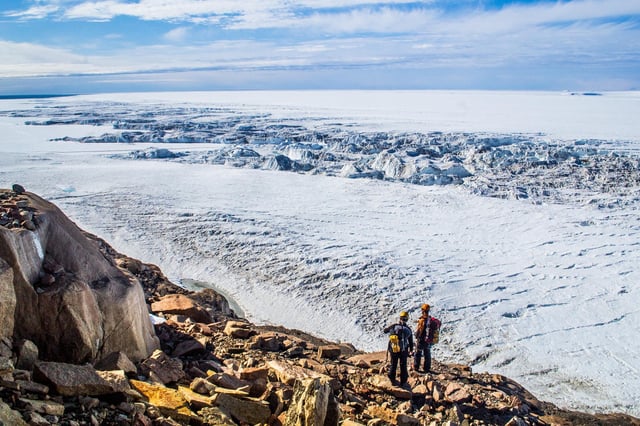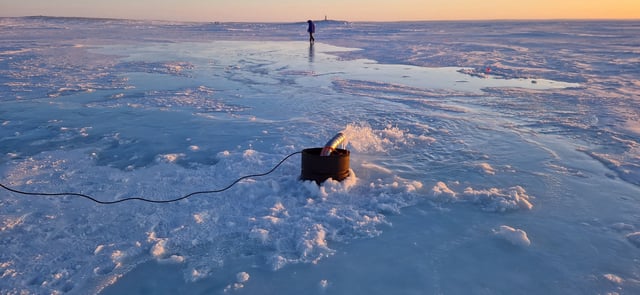Overview
- Published in Frontiers in Science on September 9, the multi-author assessment concludes five prominent proposals—SAI, sea curtains, sea-ice management, basal water removal, and ocean fertilization—fail on effectiveness, feasibility and risk.
- The authors report no robust real‑world testing for several concepts, with some limited to models or tiny trials, and none demonstrated at a scale relevant to polar protection.
- Identified hazards include potential ozone loss and altered climate patterns from SAI, disrupted marine habitats from sea curtains, contamination from subglacial drilling, and adverse ecosystem effects from glass beads or fertilization.
- Each concept is estimated to require at least $10 billion to deploy and maintain, with sea curtains projected at about $80 billion over 10 years for an 80 km structure, and none can be scaled quickly enough to address near‑term risks.
- Governance gaps are substantial—no frameworks for SAI or sea‑ice management and UN or Antarctic Treaty constraints on others—while the study warns of false hope and resource diversion even as ARIA‑funded Cambridge pump tests proceed and a glass‑bead project was halted after ecotoxicology concerns.



